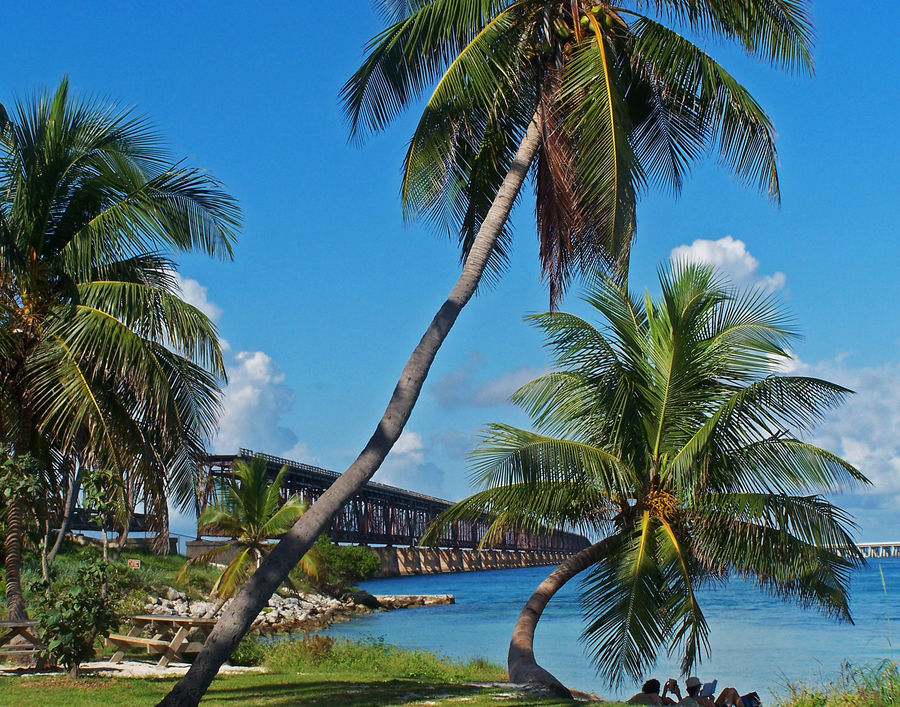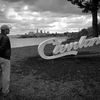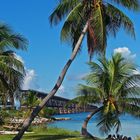The Road to the Keys
Bahia Honda Key State Park, Florida
http://www.youtube.com/watch?v=7LIpuMbLX-Q
Traveling the Florida Keys offers a chance to see one of the most extraordinary engineering feats of the early 20th Century: Henry Flagler's Overseas Railway, once called "the Eighth Wonder of the World."
Life throughout the Keys changed forever in 1912, when trains first began traveling along the 128 miles of track between Miami and Key West. It took thousands of men and eight years to complete the famous "railroad that went to sea."
The bridges were the biggest challenge, with Bahia Honda Bridge proving hardest of all. The bridge had to stretch 5,055 feet across fast moving waters 35 feet in depth. The arched steel truss spans were considered monsters for their day. The concrete pilings were made using a newly invented German cement that could be hardened in salt water. One piling near the center of the bridge required an entire shipload of sand, gravel, and cement, only to be displaced by the hurricane of 1910.
Finally, on January 22, 1912, the first train, carrying a frail but triumphant Henry Flagler, arrived in Key West. The residents rejoiced!
But Flagler's dream ended abruptly on Labor Day, September 2, 1935. A hurricane swept through the Keys with 200 MPH winds. The town of Islamorada was hit with a storm wave 17 feet tall, hundreds of people lost their lives. In total, 40 miles of track was destroyed but the bridges had survived. The Great Depression made the cost of rebuilding impractical.
The state bought the rail line and eventually constructed what is today U.S. Highway #1. Flagler never knew the fate of his creation. He died on May 20, 1913, just 16 months after he rode that first train into Key West.










Dennis Maloney 21/10/2008 1:17
Great image and well documented....thanks, den